Climate change threatens to undermine agriculture at a moment when food production needs to increase, and quickly.
Adaptive Agriculture: How Avalo.ai, Puna Bio, and Drip.ai Plan aim to protect our food supply against climate change
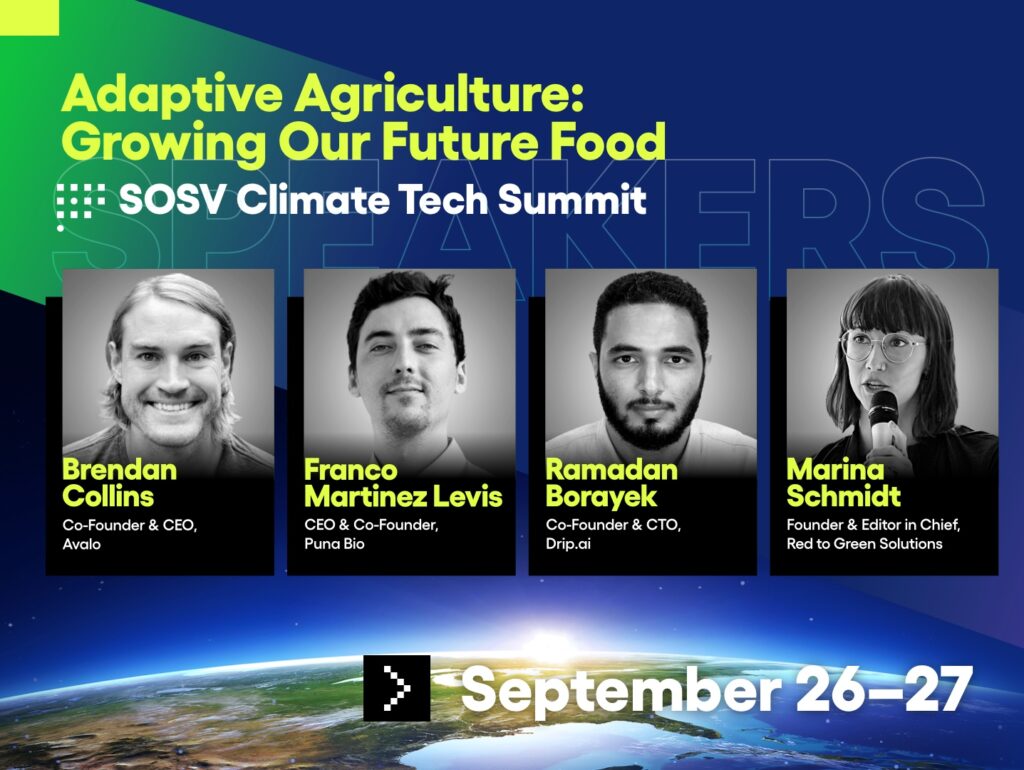

Climate change threatens to undermine agriculture at a moment when food production needs to increase, and quickly.
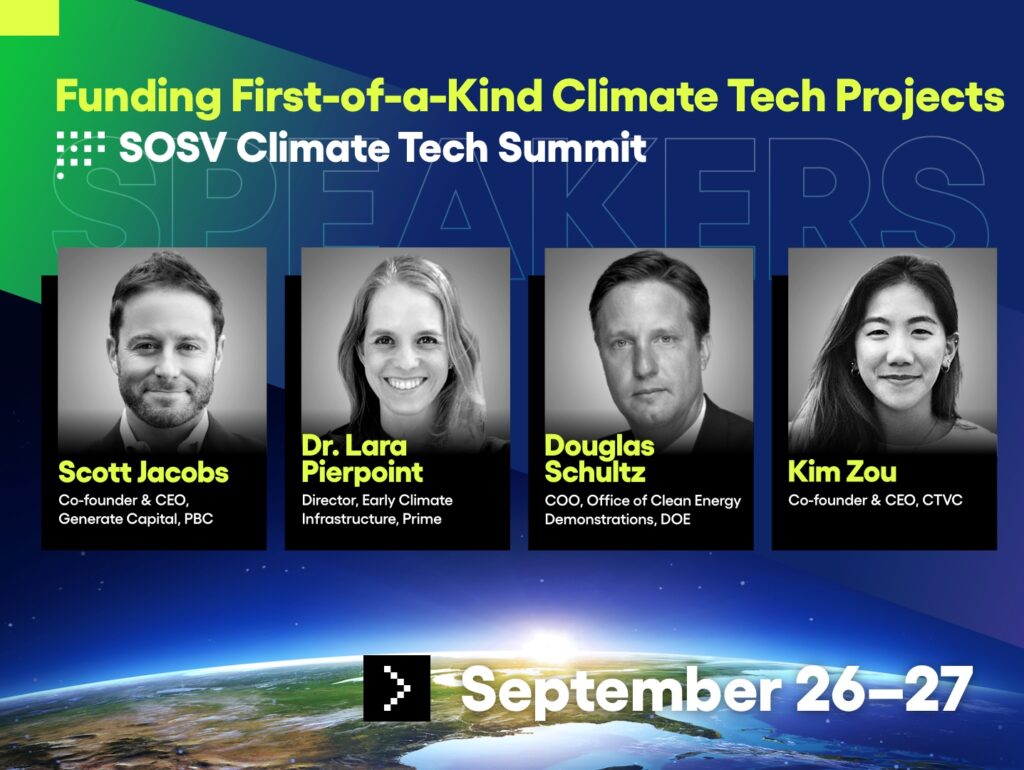
Climate tech, whether it’s renewable energy or cell-cultured protein, only makes a difference at scale, and scale is fast becoming the biggest challenge of all.

The world faces a mineral shortage that could derail current efforts to arrest climate change.
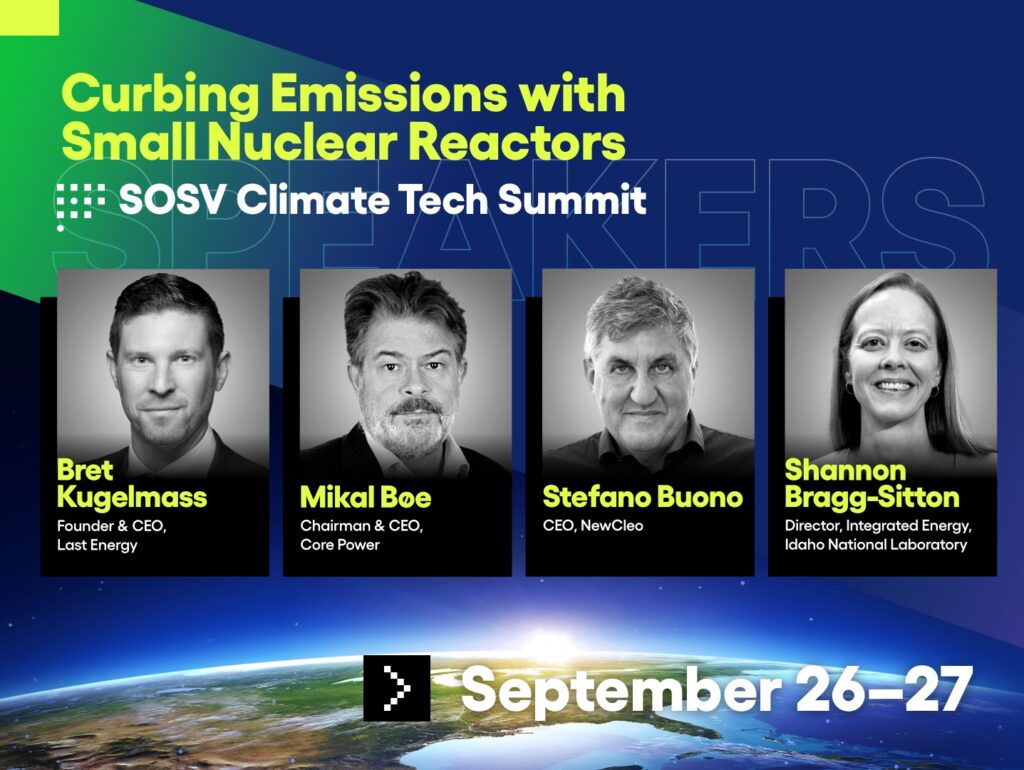
Few energy technologies are more divisive than nuclear fission. First commercialized in the 1950s, fission reactors account for 10% of global electricity production and more than a quarter of low-carbon power.
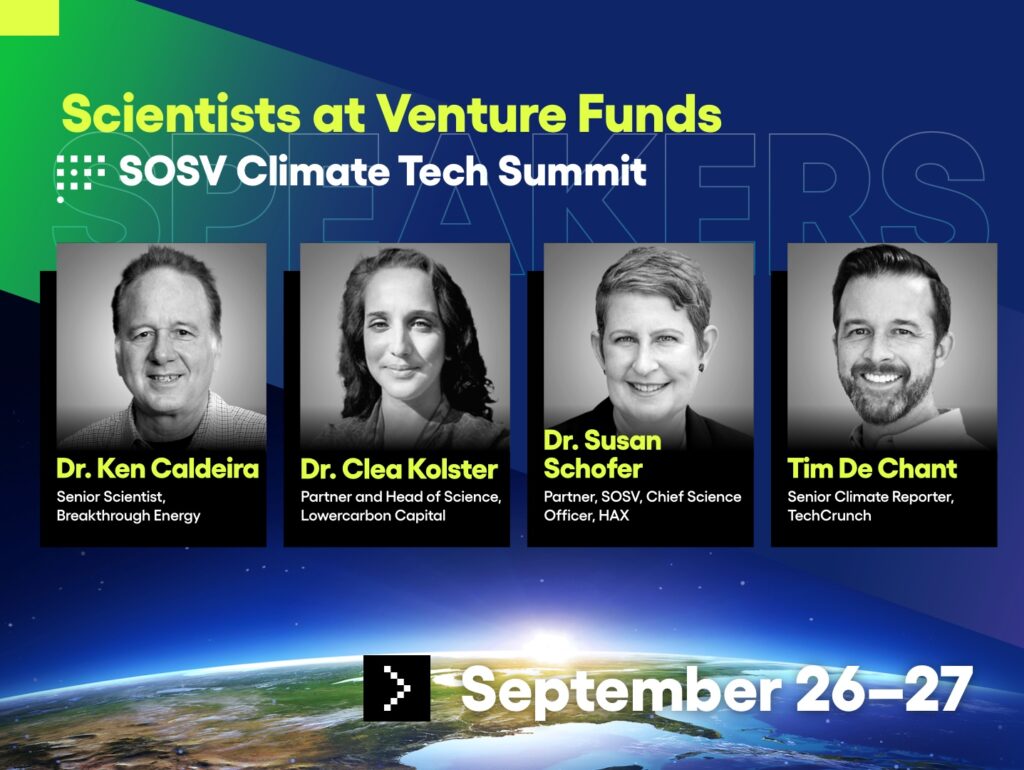
PhDs are building climate tech unicorns, and investors are hiring PhDs to evaluate technologies that push the known boundaries of physics, biology, and chemistry. Before investing millions in a startup pioneering new science, it makes sense to diligence the science.
As part of the upcoming SOSV Climate Tech Summit—taking place virtually September 26-27th this year— we’re thrilled to announce our partnership with Extreme Tech Challenge (XTC) to host a Startup Innovation Challenge (aka a startup competition!) focused on Carbon Removal and Carbon Capture, Utilization & Storage (CCUS). The competition is open to all early-stage startups (Series A or
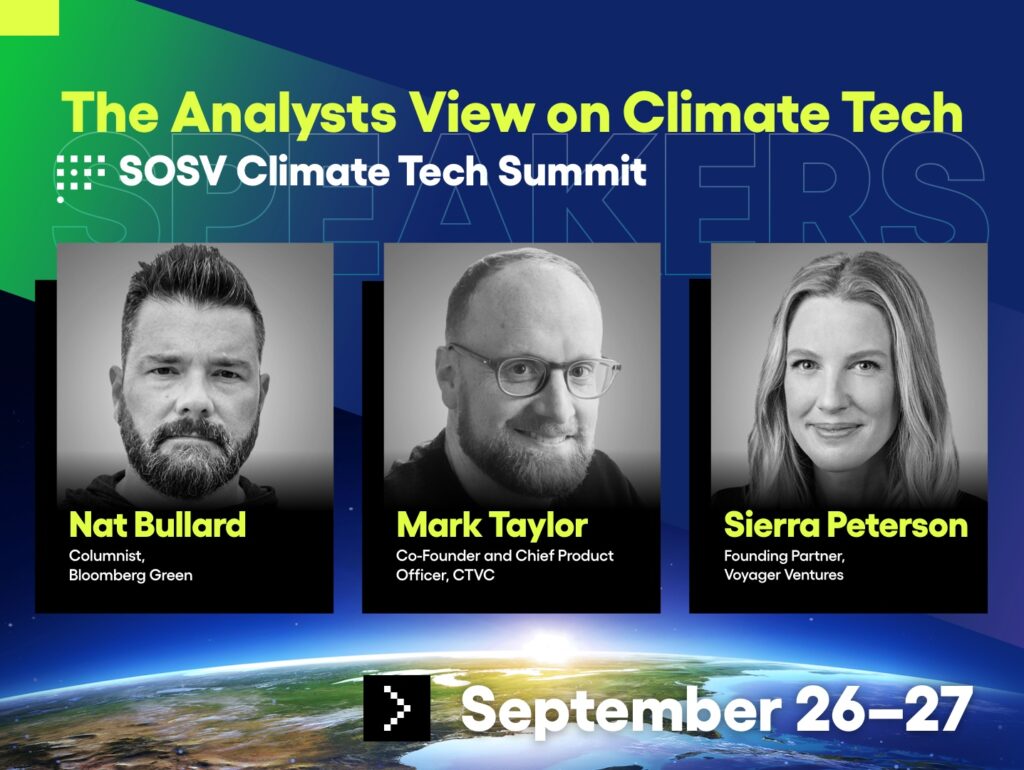
You might not know their names, but you have seen their work. Climate tech analysts both report on and guide where investment dollars go. So for the first time this year, we invited three of them to share their views on the state of climate tech at the SOSV Climate Tech Summit (Sept 26-27 /

In the field of climate change, attention focuses on the efforts of wealthier nations like the United States with its Inflation Reduction Act (IRA), and the European Union with its Green Deal Industrial Plan. Those discussions tend to overlook the Global South. While Western economies have contributed over 80% of cumulative global emissions to date,
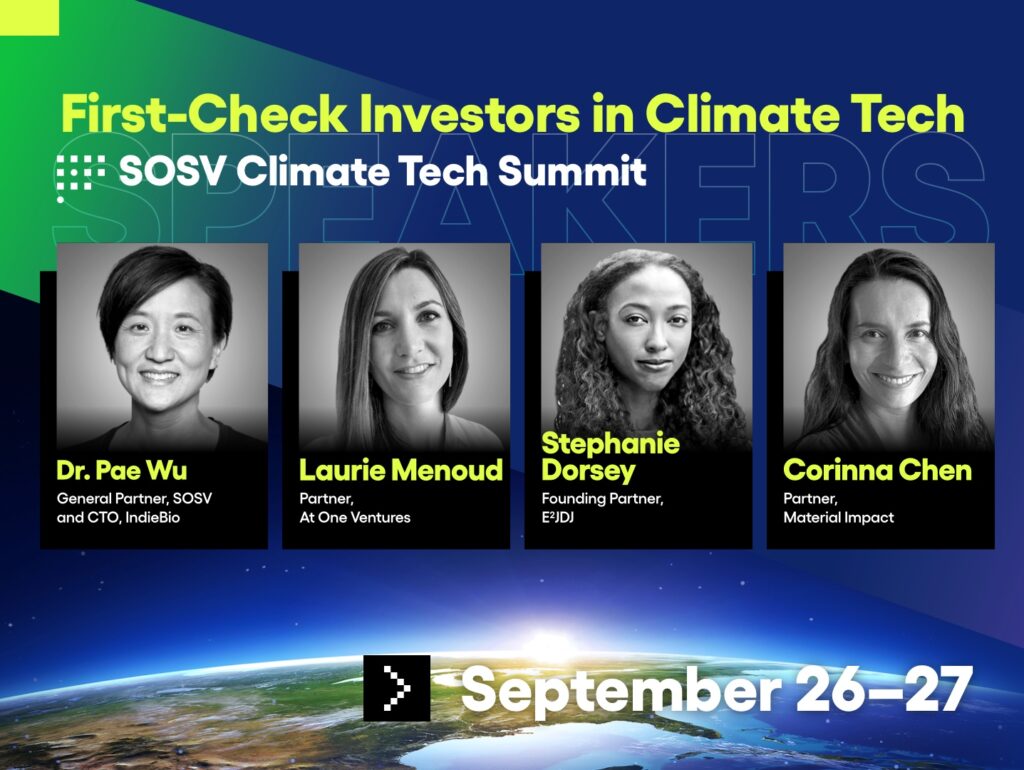
Each year at the SOSV Climate Tech Summit (Sept 26-27 / free & virtual), we invite leading VCs to join our classic panel on early-stage climate tech investing. And we ask all the questions. Who are they writing checks to and why? Which climate technologies are underrated, which are overrated, and which are just emerging?
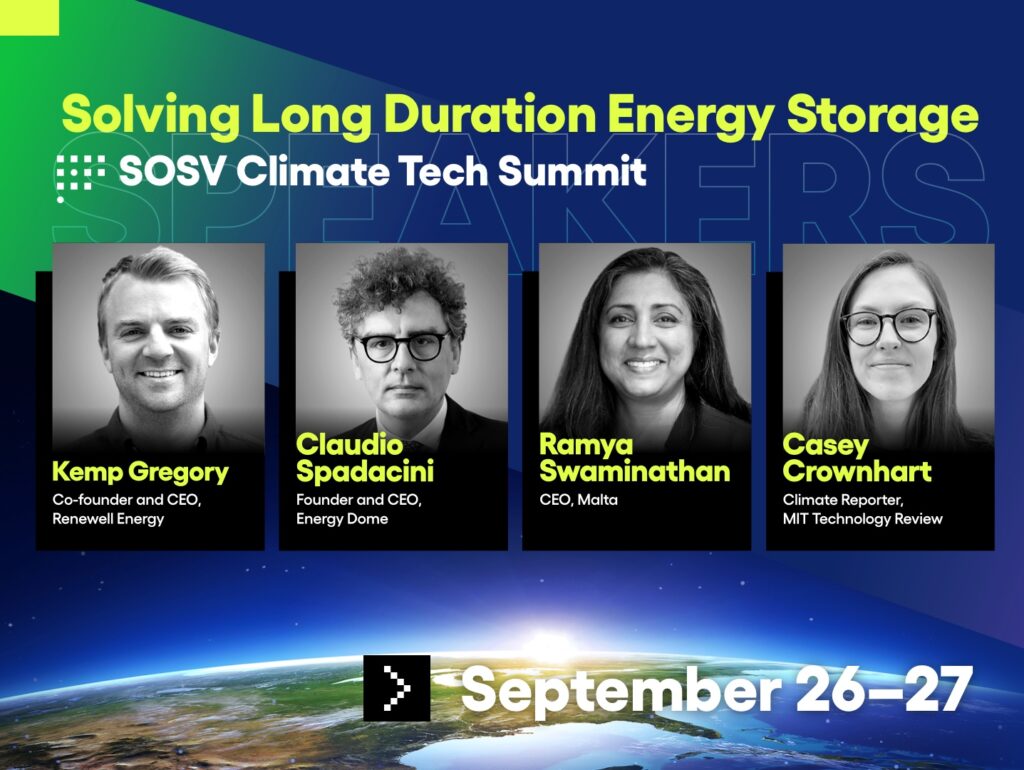
Wind and solar energy are a lynchpin in any realistic plan to curb climate change. They accounted for 12% of global electricity production in 2022 but are expected to surpass 40% by 2030, assuming we stay on course for net-zero emissions by 2050. Their weakness, however, is intermittency and the high cost of its remedy—storing